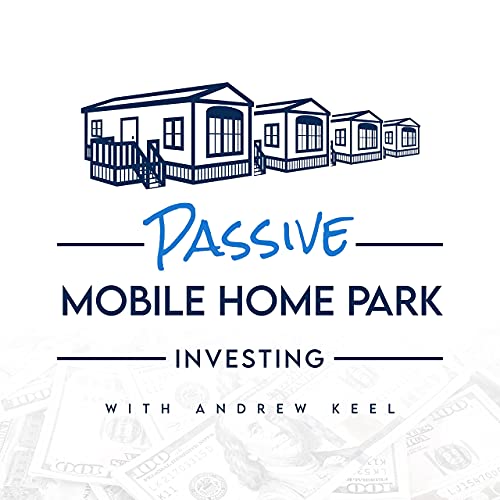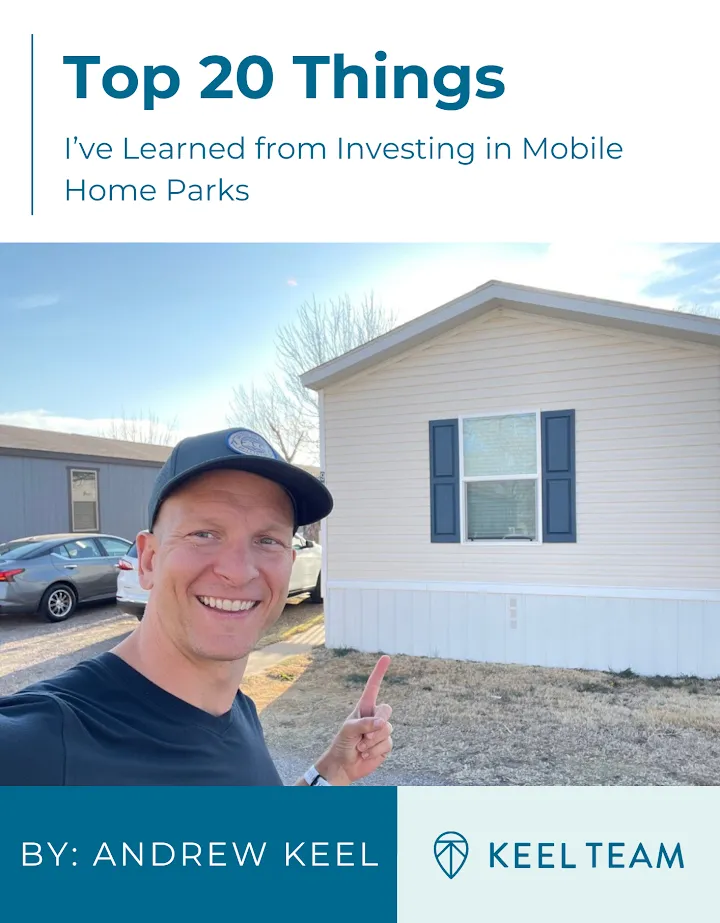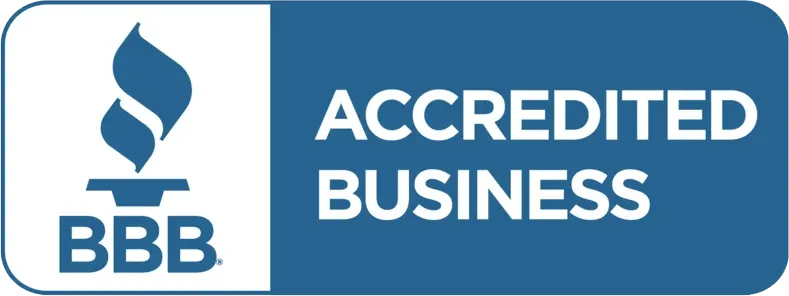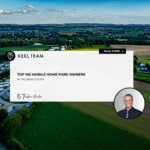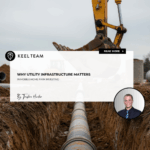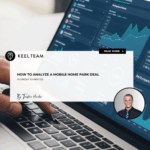The Typical Life Cycle of a Well-Run Mobile Home Park Investment
-
 Tristan Hunter - Investor Relations
Tristan Hunter - Investor Relations
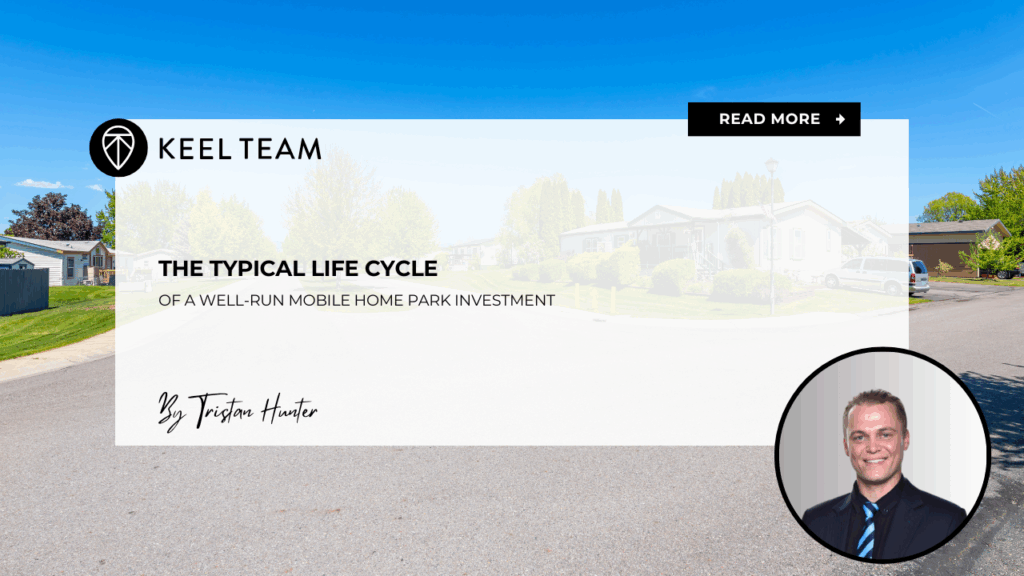
Investing passively in a mobile home park can be a compelling way to participate in the affordable housing market while enjoying potential returns over time. Like any real estate investment, a mobile home park goes through a life cycle — from acquisition and improvement to stabilization and eventual exit. Understanding each stage helps passive investors set realistic expectations and feel confident about the process.
In this article, we’ll explore the typical life cycle of a well-run mobile home park investment, step by step. While no two projects are identical, most follow a similar pattern, and knowing what to expect can help investors stay informed along the way.
Acquisition: Setting the Foundation for Success
The life cycle usually begins with acquisition. During this phase, the operator identifies a mobile home park that fits their investment criteria. This often includes parks with upside potential, such as below-market lot rents, deferred maintenance, or vacant lots that can be filled over time.
Due Diligence and Underwriting
Operators generally conduct thorough due diligence before closing. This process may involve:
- Inspecting infrastructure such as water, sewer, electric, and roads
- Reviewing rent rolls, utility bills, and operating statements
- Evaluating market demand and comparable lot rents
- Checking zoning compliance and regulatory issues
Underwriting models are typically built with conservative assumptions to project potential income and expenses. Passive investors receive a Private Placement Memorandum (PPM) that outlines the business plan, risk factors, and projected returns.
Capital Structure and Equity Raise
To fund the purchase, the operator often raises equity from passive investors and secures a loan from a bank or agency lender. Passive investors usually receive preferred returns, meaning they get paid first from available cash flow before profit splits are made.
Download our FREE eBook on the Top 20 things to know BEFORE investing in mobile home parks!
Value-Add Phase: Executing the Business Plan
Once the property is acquired, the operator begins executing the value-add plan. This phase is typically the most hands-on part of the life cycle and can span anywhere from 12 to 36 months depending on the scope of work.
Infrastructure and CapEx Improvements
A well-run mobile home park investment often prioritizes critical infrastructure improvements early on. These may include:
- Repairing or replacing utility infrastructure.
- Infilling vacant lots and homes.
- Submetering water and billing back utilities.
- Resurfacing or patching roads.
- Installing new signage or lighting.
These upgrades not only improve the resident experience but may also reduce long-term maintenance costs and operational headaches.
Operational Efficiency
Operators also focus on tightening operations. This can involve:
- Standardizing leases.
- Converting Park-owned homes to tenant-owned homes.
- Improving collections and billing systems.
- Transitioning to direct-billed utilities where possible.
- Hiring or training onsite management.
Small changes can compound into meaningful improvements in Net Operating Income (NOI), which ultimately drives property value.
Infill and Occupancy Growth
Vacant lots represent an opportunity to grow income. Operators may bring in new homes through programs with manufacturers or lenders, then lease or sell them to residents. Filling vacant pads can meaningfully increase cash flow once stabilized.
Stabilization: Reaping the Benefits
Once the improvements are in place and operations are running smoothly, the mobile home park enters the stabilization phase.
Steady Cash Flow Potential
With higher occupancy, optimized expenses, and upgraded infrastructure, the property can begin producing more predictable cash flow. At this point, quarterly distributions to investors may become more consistent.
Refinancing Opportunities
Some operators choose to refinance at this stage, especially if the property’s value has increased. A refinance may allow investors to receive a partial return of their original capital while still remaining in the deal and continuing to collect preferred returns on the remaining equity.
Professional Management
During stabilization, professional management keeps the property performing well. The focus shifts from heavy construction and rapid changes to maintaining occupancy, monitoring expenses, and continuing light improvements as needed.
Hold Period: Monitoring and Optimizing
Most mobile home park syndications are structured with a hold period of about five to seven years, though actual timelines can vary based on market conditions and operator strategy.
Regular Investor Reporting
Throughout the hold period, passive investors typically receive regular updates. These reports may include:
- Occupancy and collections data.
- Financial statements comparing actual vs. projected performance.
- Updates on any ongoing projects or improvements.
Transparent communication allows investors to track progress and stay informed about the health of the asset.
Market Monitoring
Operators monitor interest rates, cap rates, and market demand to determine the optimal timing for a refinance or sale. The goal is often to maximize returns while balancing risk.
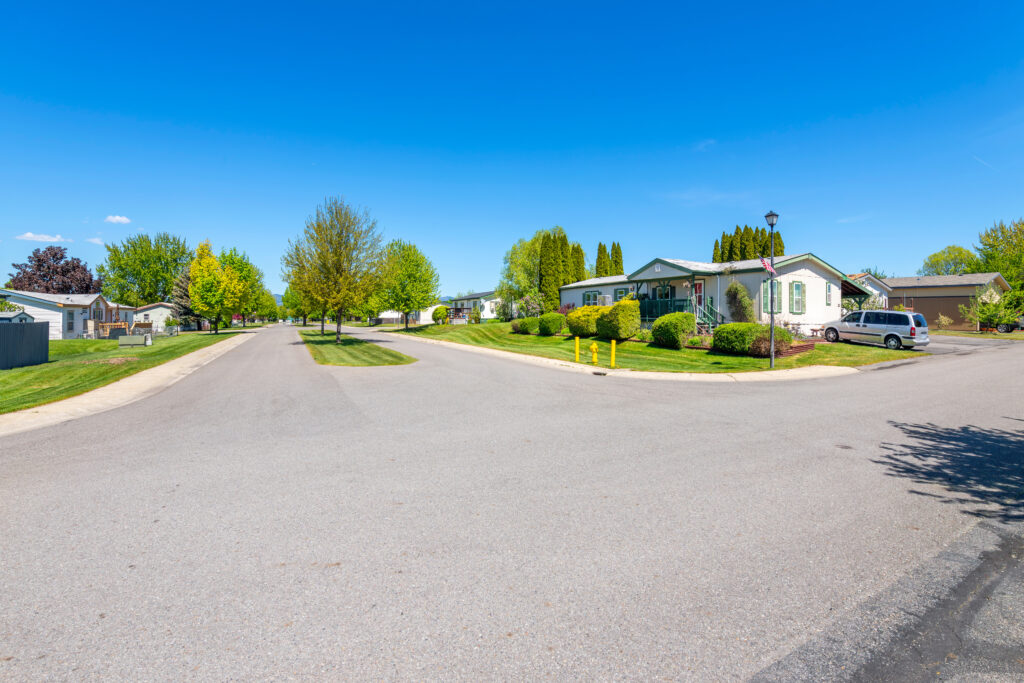
Exit: Realizing the Investment Outcome
At some point, the operator will likely sell the mobile home park. The exit strategy is a key driver of overall investor returns.
Disposition Process
When market conditions appear favorable, the operator may refinance the property, or negotiate a sale. Increased NOI and improved infrastructure can make the property attractive to institutional buyers or other operators seeking stabilized assets.
Return of Capital and Profits
After the sale closes, investors usually receive the return of their remaining invested capital plus their share of the profits, according to the distribution waterfall laid out in the PPM.
Key Takeaways for Passive Investors
Understanding the life cycle of a mobile home park investment helps passive investors set expectations for cash flow timing, project duration, and potential returns. Here are a few final considerations:
- Patience is Key: The value-add phase can take time, and early months may involve heavy reinvestment rather than high cash flow.
- Communication Matters: Look for operators who provide clear, consistent updates throughout the project.
- Market Conditions Play a Role: Timelines for stabilization and exit may shift depending on economic factors, interest rates, and demand.
Final Thoughts
Investing passively in mobile home parks allows individuals to participate in an asset class with potential for both cash flow and appreciation. By understanding the typical life cycle — from acquisition and value-add improvements to stabilization and eventual exit — investors can feel more comfortable about the journey their capital will take.
As with any investment, there are risks involved, and results may vary. Working with experienced operators and asking questions along the way can help align expectations and lead to a smoother experience.
Are you looking for MORE information? Book a 1-on-1 consultation with Andrew Keel to discuss:
- A mobile home park deal review
- Due diligence questions
- How to raise capital from investors
- Mistakes to avoid, and more!
Disclaimer:
The information provided is for informational purposes only and is not investment advice or a guarantee of any kind. We do not guarantee profitability. Make investment decisions based on your research and consult registered financial and legal professionals. We are not registered financial or legal professionals and do not provide personalized investment recommendations.

Tristan Hunter - Investor Relations
View The Previous or Next Post
Subscribe Below 👇
